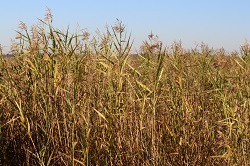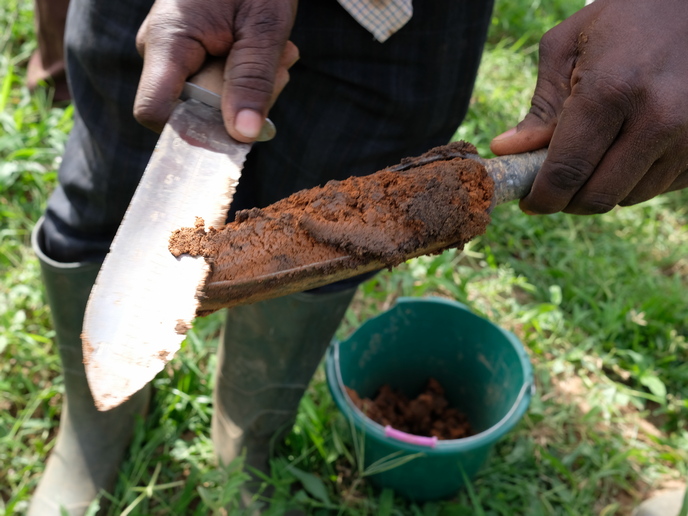Molecular mechanisms of genome merger offers clues to adaptive interests in biodiversity
The processes of genome merger (hybridisation) and doubling (polyploidy), where two genetic lineages combine, result in plants which are said to be allopolyploid – that is, having two sets of chromosomes from different species. These genetic combinations, each with their own evolutionary history, have presented many opportunities for evolutionary innovations with significant impact on species ecology. The EU-funded GENOMERGE project set out to investigate the evolutionary consequences of these combinations on biodiversity, looking especially at how molecular mechanisms facilitate adaptation. The project focussed on the evolution of angiosperm (flowering plants), using Spartina (saltmarsh) as a model. GENOMERGE identified the role of allopolyploidy in the emergence of a novel biochemical pathway which enabled the production of a putative osmoprotectant (anti-stress) molecule (DMSP), with major ecological impacts. The team also produced sequencing data to help decipher how allopolyploidy facilitated the rapid expansion of the invasive plant species Spartina. The role of allopolyploidy in plant adaptation According to the GENOMERGE project coordinator Dr. Malika Ainouche, ‘Genome merger and polyploidy are important for study because these processes are particularly prominent in plants. Flowering plants are the most astonishingly diverse group of land plants, with about 300 000 species and these processes have played a critical role in their diversification and adaptation through natural or artificial (for example domestication) selection.’ The principle aim of GENOMERGE was twofold. Firstly, to understand both the molecular mechanics involved in allopolyploidy, by characterising the immediate evolution of duplicated genes. Secondly, to study genes and functions of adaptive interests by analysing the evolution of duplicated genes in natural allopolyploids. The research team studied the evolution of gene expression in various species grown in natural conditions using ‘transcriptome analyses’ and involving Next Generation Sequencing. As Dr. Ainouche again explains, ‘We tested the impact of hybridisation and/or genome doubling (polyploidy), using comparative analyses of RNA sequencing data obtained from recently formed hybrids, allopolyploids and their parental species.’ Focusing on the functions of adaptive interests, the team was especially looking for genes associated with new biochemical pathways or with phenotypic features that might explain the invasiveness in the Spartina genus (a member of the grass family). Results highlight that Spartina is one of the rare flowering plants that can produce an ecologically important molecule: Dimethyl Sulfopropionate (DMSP). One of the functions of this molecule is its putative osmoprotectance, which helps organisms to survive extreme osmotic stress, for example through tolerance to salt. DMSP production has been observed only in marine phytoplanktons but very rarely in in flowering plants or animals. The wider ecological impact The Spartina genus contains species of ecological interest which, amongst other attributes, generally play an important role in salt-march sedimentary dynamics. For example they are thought to be good removers of pollutants in sediments. The results from GENOMERGE are therefore of broad interest to efforts ranging from land management to biological conservation. The results will also likely be of interest to climate change researchers as Dr. Ainouche adds, ‘The molecule DMSP itself, is an environmentally important as it is the main biogenic precursor of atmospheric DMS [Dimethylsulfide] that is involved in the global sulfur cycle, in acid precipitations and in climate regulation.’ After demonstrating how allopolyploidy facilitated gene expression evolution and biochemical innovation, the next step for the GENOMERGE researchers is to identify precisely which mechanisms (e.g. gene expression regulation) are involved in the process. As Dr. Ainouche concludes, ‘Given that most of our cultivated plants including wheat, oilseed rape, cotton, coffee are allopolyploids, this work will contribute to our understanding of how plants, including systems of agronomical interest, are able to adapt to stressful environments.’







